blog
Book Review: COUNTDOWN by Jeanine Michna-Bales and Adam Reynolds
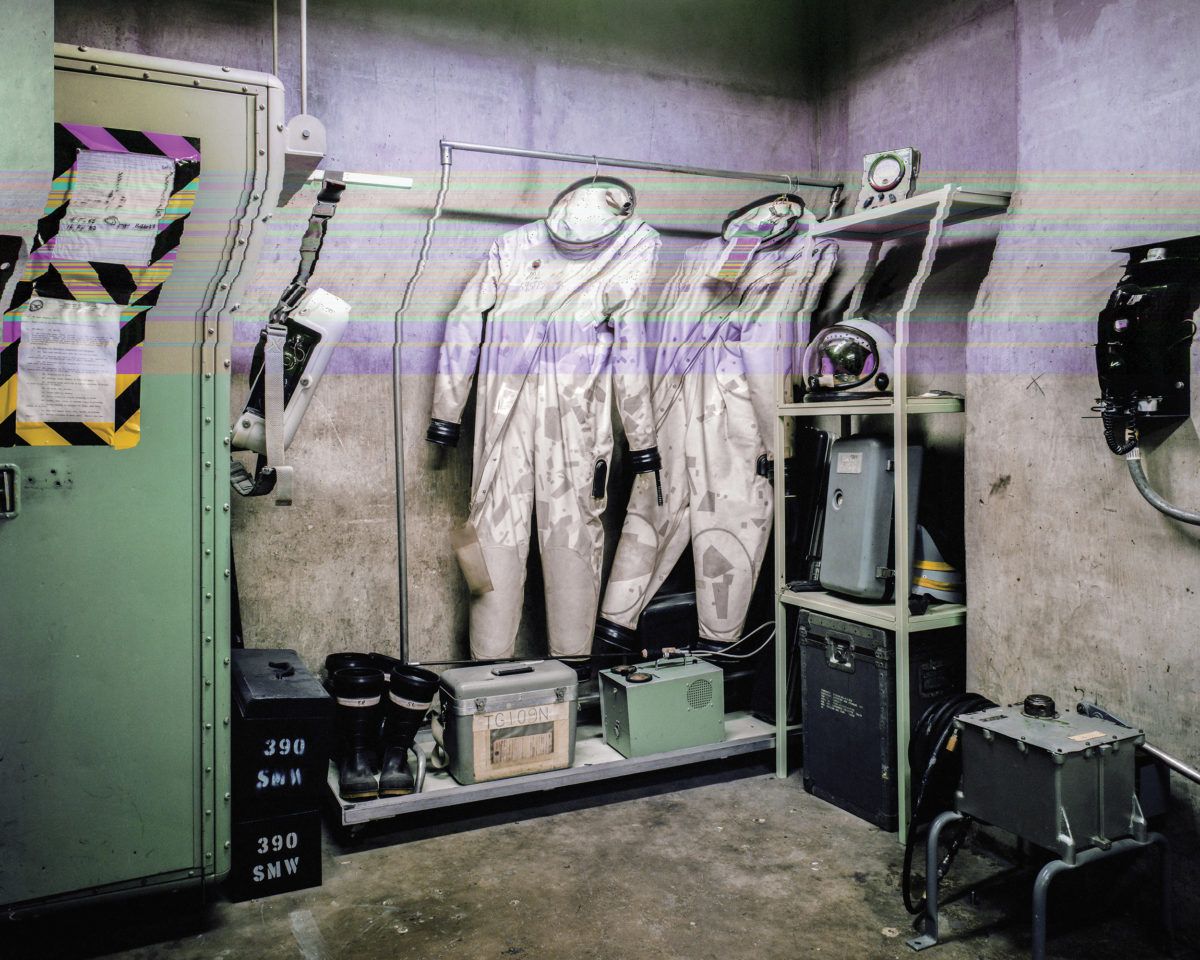
From ‘Countdown – No Lone Zone’ © Adam Reynolds
Capturing History’s Silent Witnesses: An Exploration of Mutually Assured Destruction
In the remarkable book Countdown, Jeanine Michna-Bales and Adam Reynolds take us on a visual journey through the quiet and evocative landscapes of the Cold War era as seen through sites and structures associated with nuclear offensive and defensive infrastructure in the United States. Their two complimentary projects, ‘No Lone Zone’ and ‘Fallout’, jointly explore the oftentimes contradictory approach in America’s nuclear policy of mutually assured destruction in the context of a nuclear war.
This joint project beautifully encapsulates the sense of eerie and tense anticipation that pervaded the Cold War era. Through a meticulous selection of photographs, Michna-Bales and Reynolds transport us to iconic sites that silently witnessed the unfolding drama of this era. In an online interview, Jeanine Michna-Bales reflects on the book’s primary focus, stating, “We wanted to capture the architectural remnants of the Cold War, the spaces where these events took place. The buildings and landscapes are both witnesses to history and powerful symbols of an era marked by fear and uncertainty.” Adam Reynolds elaborates on the book’s approach, stating, “We wanted to capture the essence of these structures, to create a visual narrative that evokes the absence and fragility resulting from the decisions made during the Cold War.”
Countdown is an outstanding contribution to the category of documentary photography projects. Through a combination of historical research and visual storytelling, the book succeeds in immersing readers in the atmospheric landscapes of the Cold War era. Michna-Bales and Reynolds expertly employ architectural spaces as symbols, inviting us to reflect on the profound impact of this tumultuous period. They have masterfully crafted a work that demands our attention, provokes contemplation, and encourages us to ponder the complex interplay between architecture, history, and the human experience.
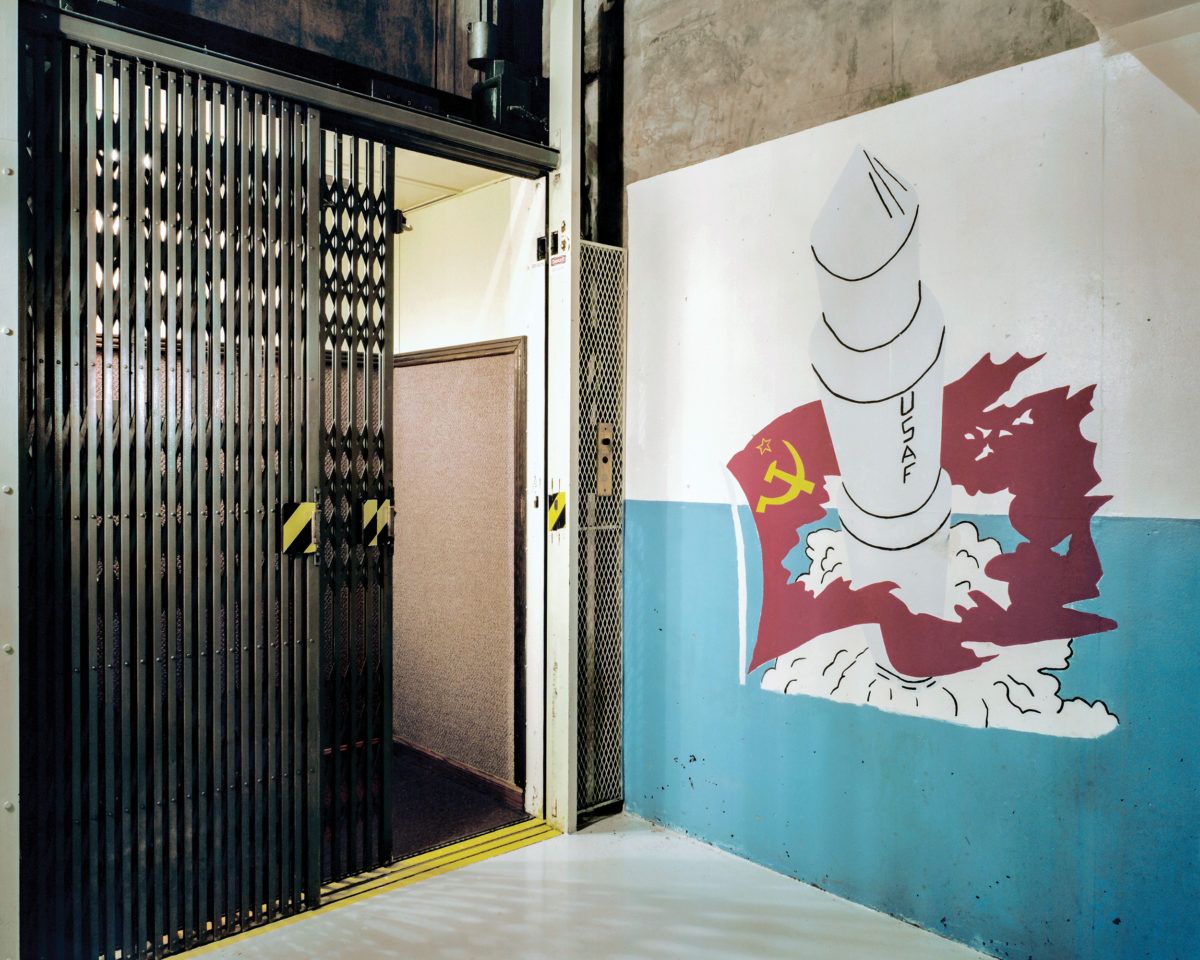
From the series “No Lone Zone.” Elevator to the underground Launch Control Center Delta-01 at the Minuteman Missile National Historic Site in South Dakota. © Adam Reynolds
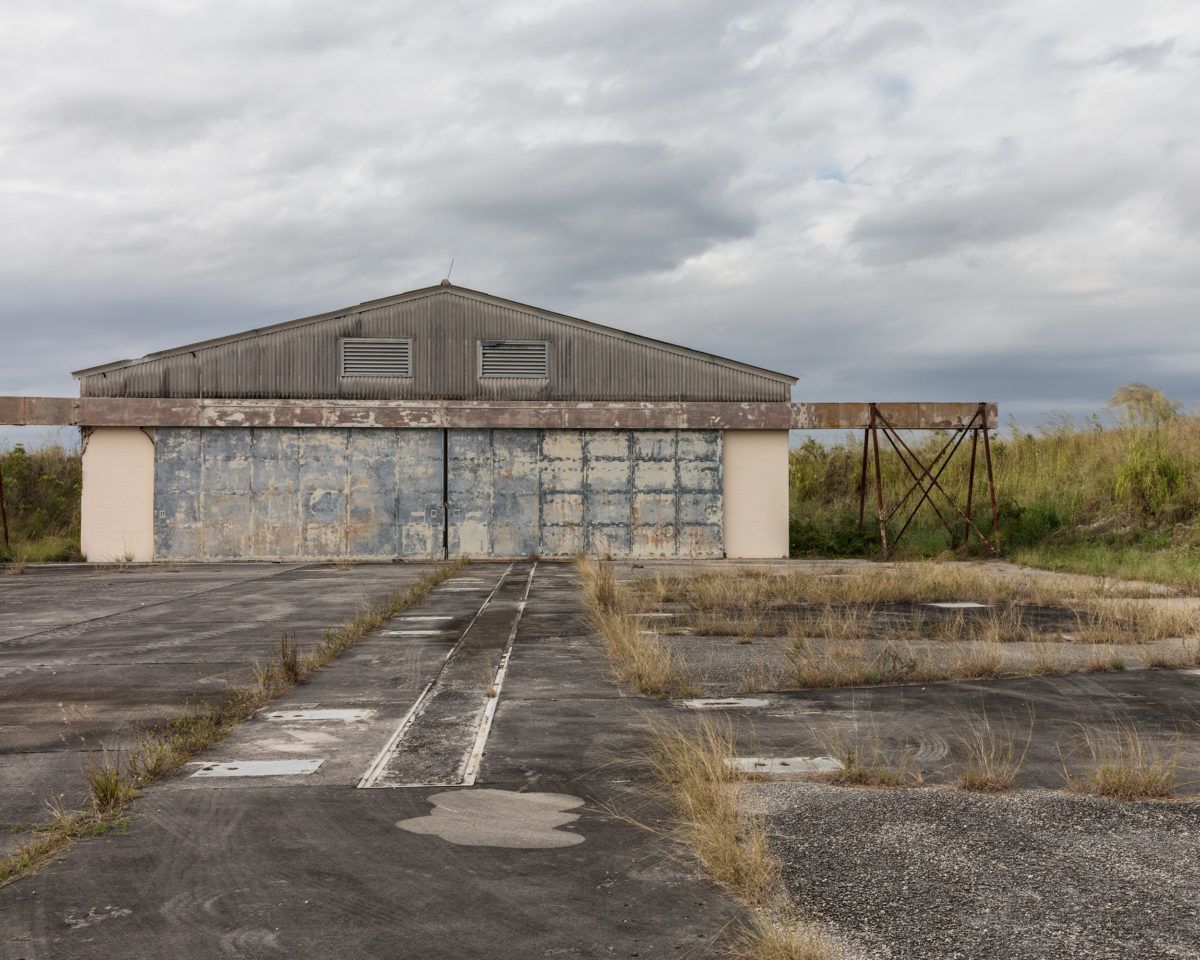
From the series “Fallout: A Look Back at the Height of the Cold War in America, circa 1960”
2013 – 2022 © Jeanine Michna-Bales
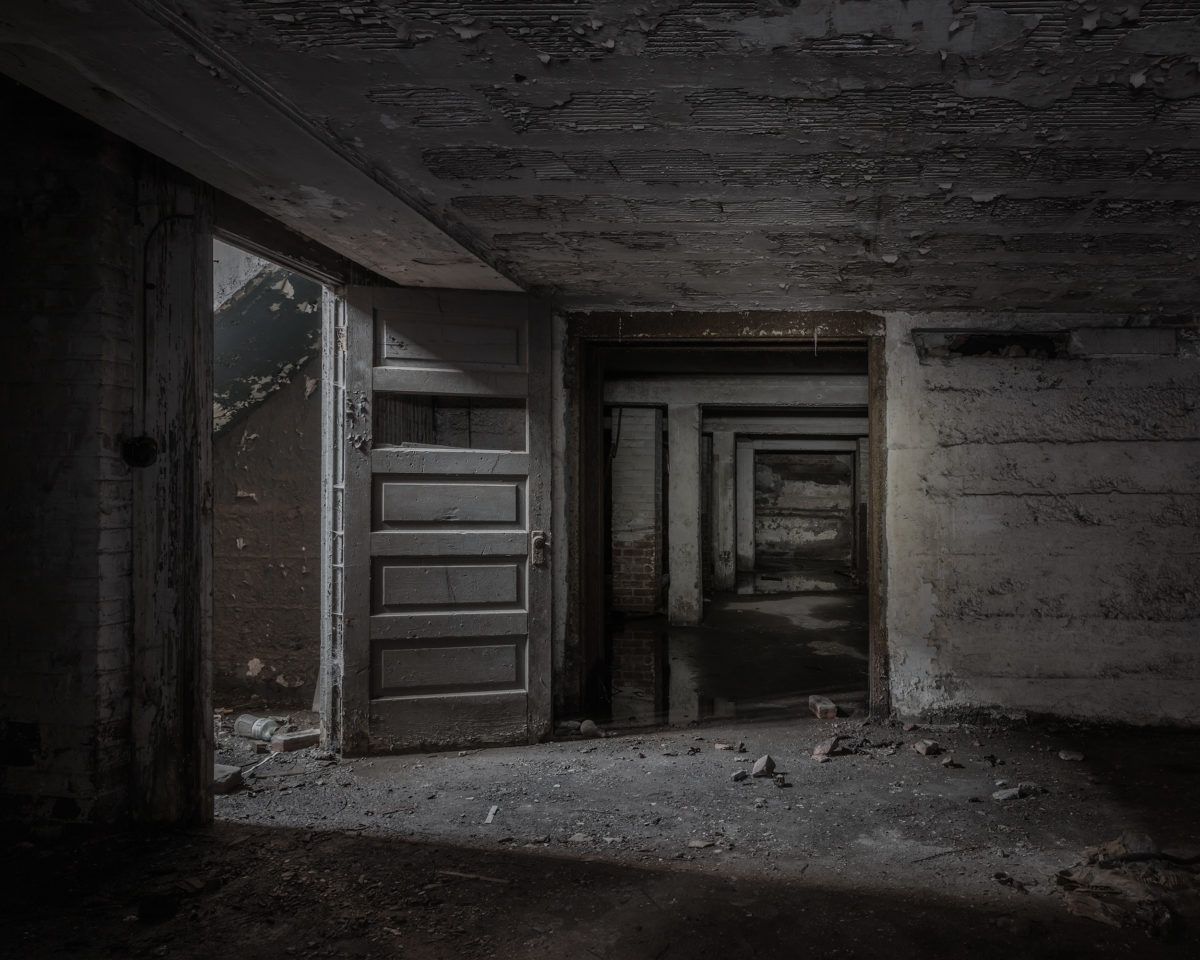
From the series “Fallout: A Look Back at the Height of the Cold War in America, circa 1960”
2013 – 2022 © Jeanine Michna-Bales
The Cold War era is often characterized as tense and eerie due to a number of factors that created a palpable atmosphere of fear and uncertainty. The intense rivalry between the United States and the Soviet Union during the Cold War led to a nuclear arms race. Both superpowers developed and stockpiled massive arsenals of nuclear weapons capable of inflicting unimaginable destruction – Mutually Assured Destruction (MAD). Two contrasting global-domination ideologies and constant fear of a nuclear conflict created a pervasive sense of tension and impending doom. The threat of nuclear war and the concept of MAD were defining features of the Cold War era. This project visually captures this idea by exploring the structures that represented this delicate balance between nations and the potential devastation they held.
Overall, Countdown invites us to reflect on the global ramifications of the era’s geopolitical tensions, particularly through the concept of MAD. Isn’t the Cold War over, you might ask? To many, it sounds like a term from the final chapters of a US History textbook. Both Reynolds and Michna-Bales hold the opinion that the current nuclear powers of the world are very much still in the grips of a Cold War, or Cold-War mentality. “The back and forth of NATO and Russia’s invasion of Ukraine honestly makes me think that we have entered into a Second Cold War already,” says Michna-Bales. “This is exactly why I think Countdown is so important. Because history always seems to come full circle, I think it is necessary to view our collective future through the lens of the past. Only then, can we hope to not make the same mistakes that were made by previous generations.”
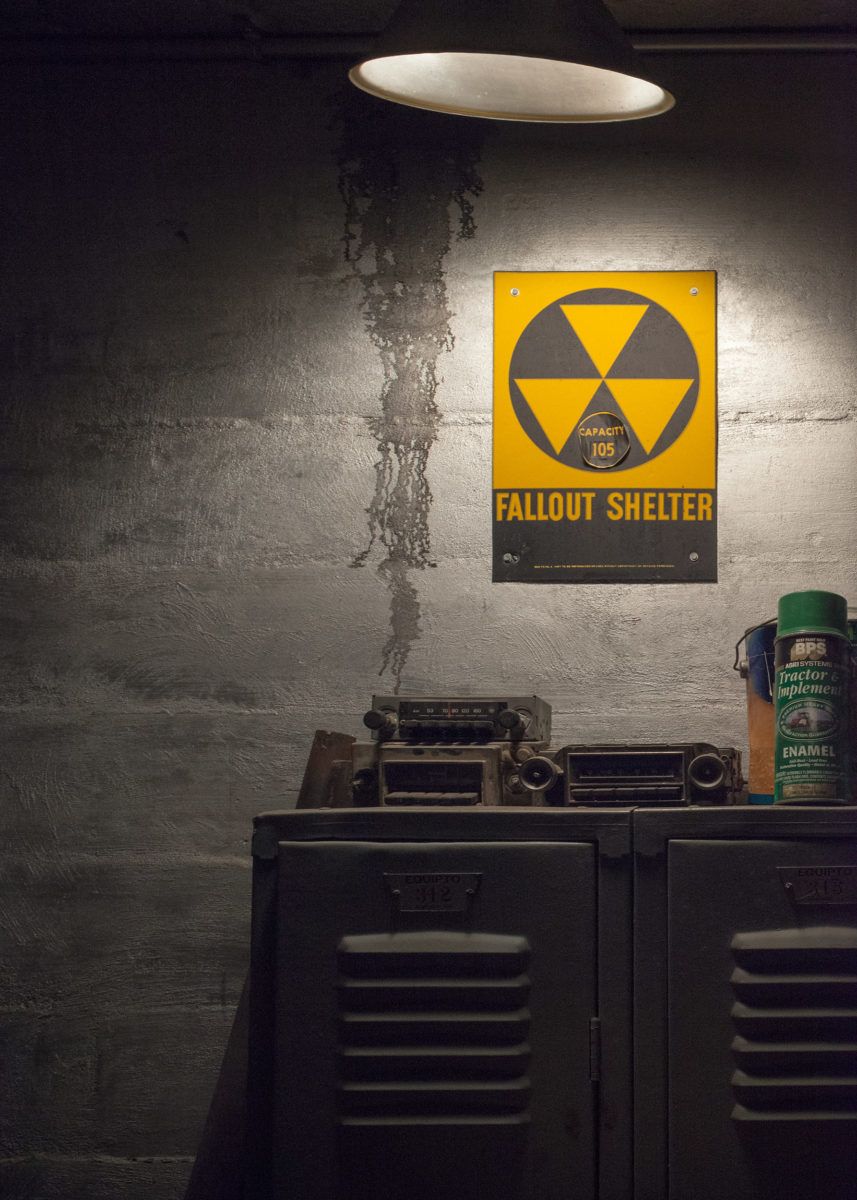
From the series “Fallout: A Look Back at the Height of the Cold War in America, circa 1960”
2013 – 2022 © Jeanine Michna-Bales
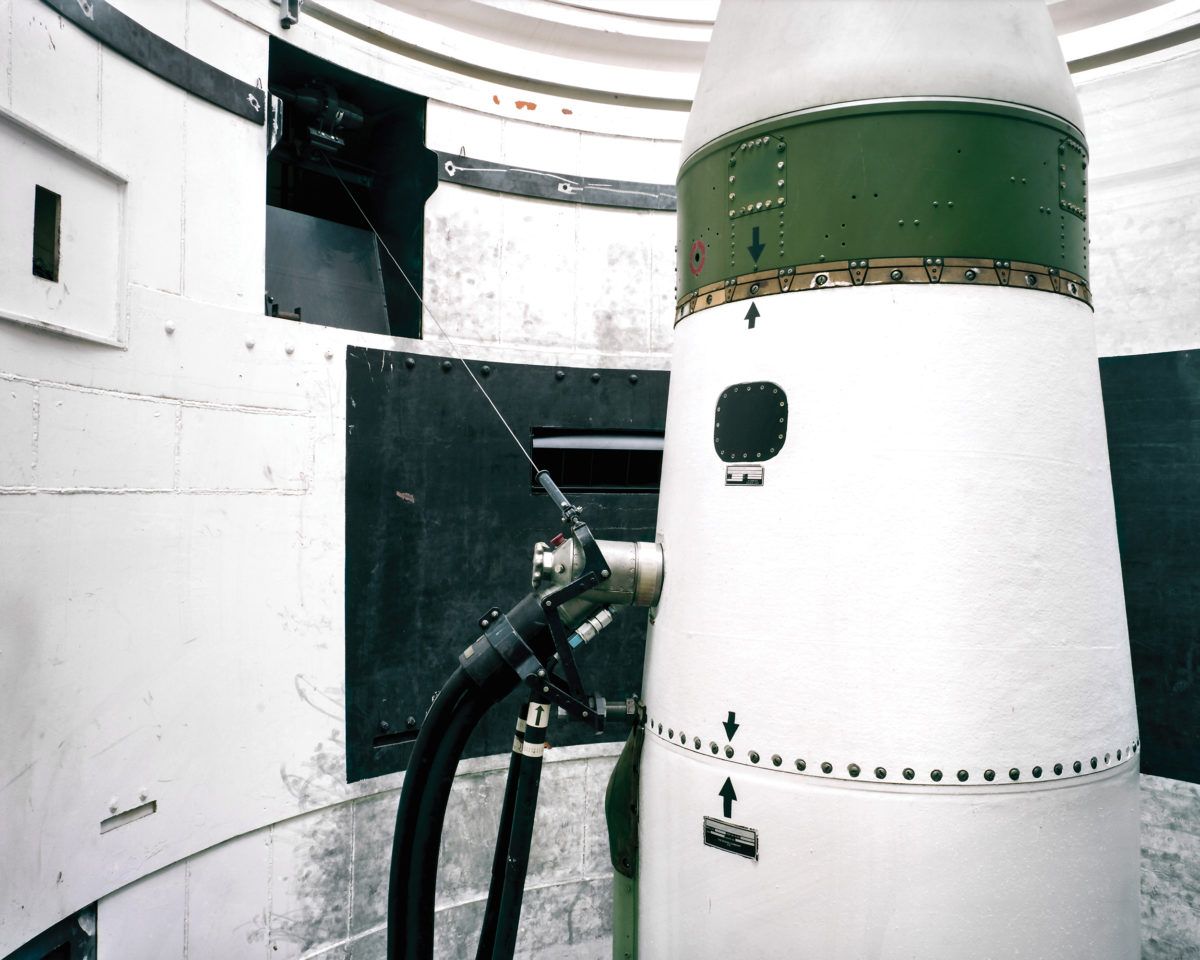
From the series “No Lone Zone.” Minuteman II training missile at Delta-09 at the Minuteman Missile National Historic Site in South Dakota. © Adam Reynolds
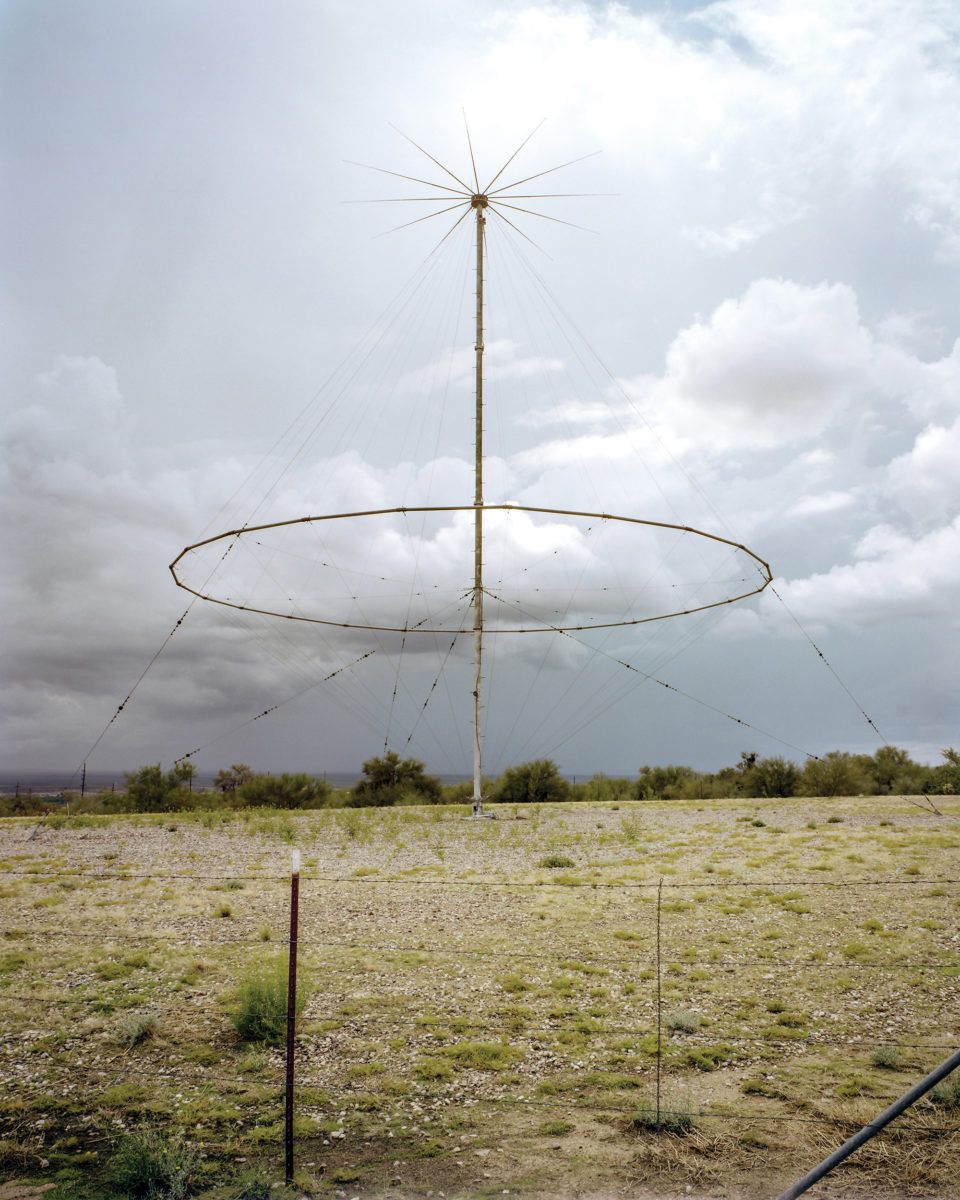
From the series “No Lone Zone.” © Adam Reynolds
The book effectively conveys the haunting atmosphere of these architectural spaces, often abandoned or repurposed for continued use, through masterful compositions that showcase their stark beauty. This joint project holds a compelling narrative where things aren’t always clearly spelled out or you’re left to wonder, compelled to learn background information, or fill in the gaps on your own. This project seamlessly combines historical research, visual storytelling, and architectural documentation by exploring the exteriors and interiors of military installations, missile sites, and government bunkers, Countdown prompts us to contemplate the human stories and geopolitical implications hidden within these structures.
Countdown explores MAD conceptually and figuratively by comparing and contrasting Michna-Bales’s ‘Fallout’ Civil Defense theme with Reynolds’s ‘No Lone Zone’ command and control theme of proactive preparation for nuclear war. The two halves of the book artfully employ ephemera, infographics, and subtle manipulations of images. Reynolds’s ‘glitch’ images evoke a strong sense of uneasiness with technology which needs to work in times of crisis. The architectural landscapes used by both artists act as metaphors for the ideological conflicts of the time. By visually documenting these spaces, the book reflects the dual nature of the Cold War as a tangible, physical standoff between nations and an intangible ideological battle. Within the larger scope of work in the book, both photographers include architecture: buildings, details, and interior and exterior spaces. In our interview, Adam Reynolds discusses the role or the ‘character’ architecture plays, noting, “The architecture becomes a silent protagonist in the narrative, echoing the tension and secrecy that defined the era.”
Stylistically and conceptually, I draw a dotted-line of influence from photographers who worked in the Cold War era. Especially documentary photographers (think Bernd and Hilla Becher, or as far back as Walker Evans) and the New Topographics movement in the 1970s and 80s. Lewis Baltz’s work in the 1970s examined the impact of human intervention on the environment, often focusing on industrial spaces. While neither Reynolds nor Michna-Bales work strictly in the style of these genres, it’s important to contextualize this project within the broader history of architectural documentary photography. By recognizing this lineage, Countdown creates and maintains a cohesive and thought-provoking visual language that echoes the genre’s past while also forging new paths.

Collaboration image by Jeanine Michna-Bales and Adam Reynolds. From ‘Countdown’ © 2023
The inside of the front and back covers of the book conceal thin, bound inserts featuring historic detonation images of atomic mushroom clouds are printed on sepia-colored paper. This lends a faux-vintage feel to the materials – as if we’ve found a document tucked away for the past 60 years. Captions and credits for the project are in one envelope, and an Introduction/Essay in the other. Fred Kaplan, a Pulitzer Prize–winning journalist, contextualizes the images in Countdown in light of both past and present American nuclear strategy in his opening essay. When I asked both Jeanine and Adam about the overarching concept behind the book, they echo Kaplan’s opinions. For younger generations who weren’t present, they believe it is really important to learn about what older generations went through. Did those government officials, soldiers, and other decision makers—the list is endless—make the greatest choices? Should they have acted otherwise? With hindsight, we can now evaluate their decisions. By doing this, we can influence the future decision makers, the younger generations, to make more educated choices about nuclear weapons and the potential for their use in future conflicts.
One of the purposes of this project “is to generate, ideally face-to-face, dialogue,” Michna-Bales notes. “The images serve a purpose, to impart knowledge of history to understand our present and to plan for our collective future.”
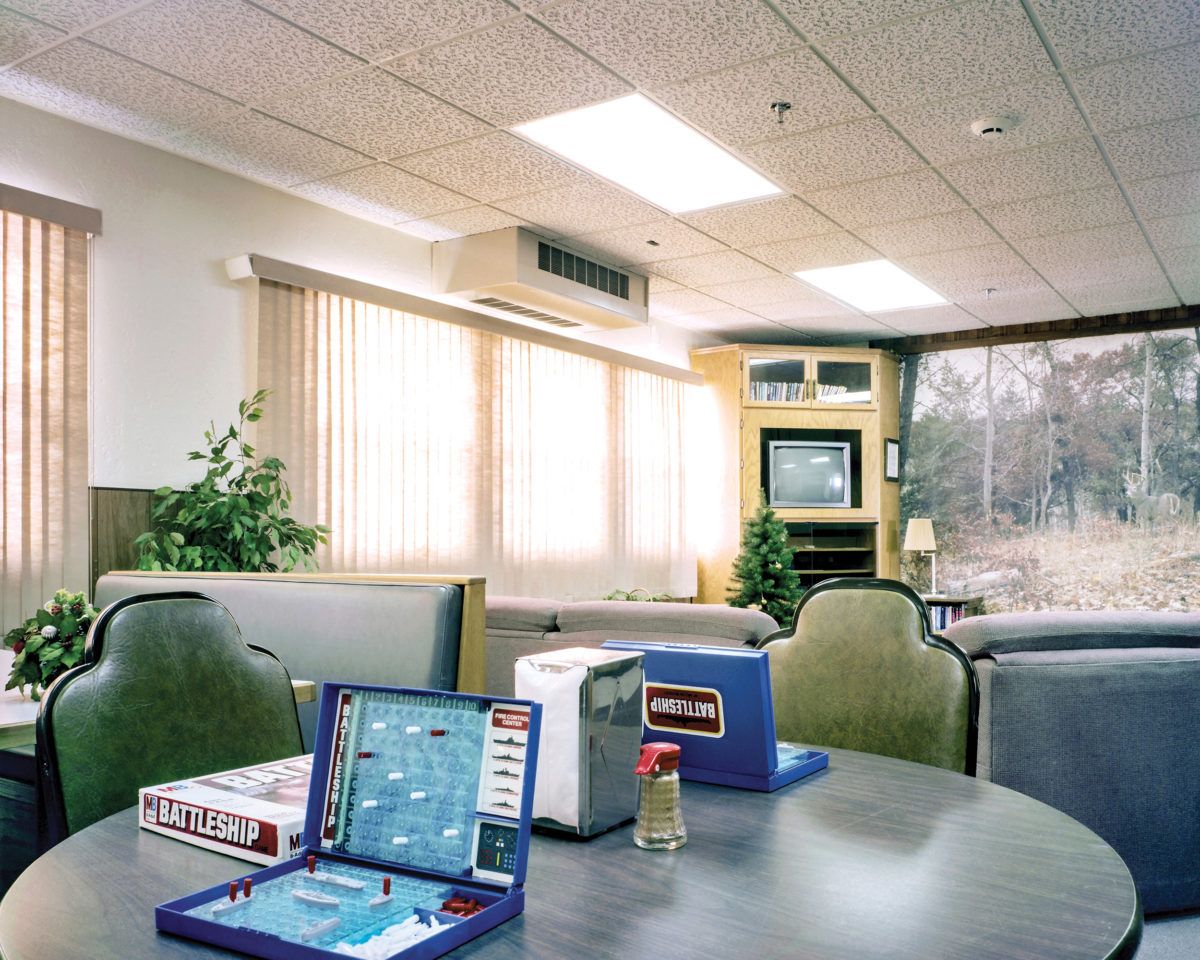
From “No Lone Zone.” The game of Battleship is set up in the day room of the Delta-01 Launch Control Facility at the Minuteman Missile National Historic Site in South Dakota. © Adam Reynolds
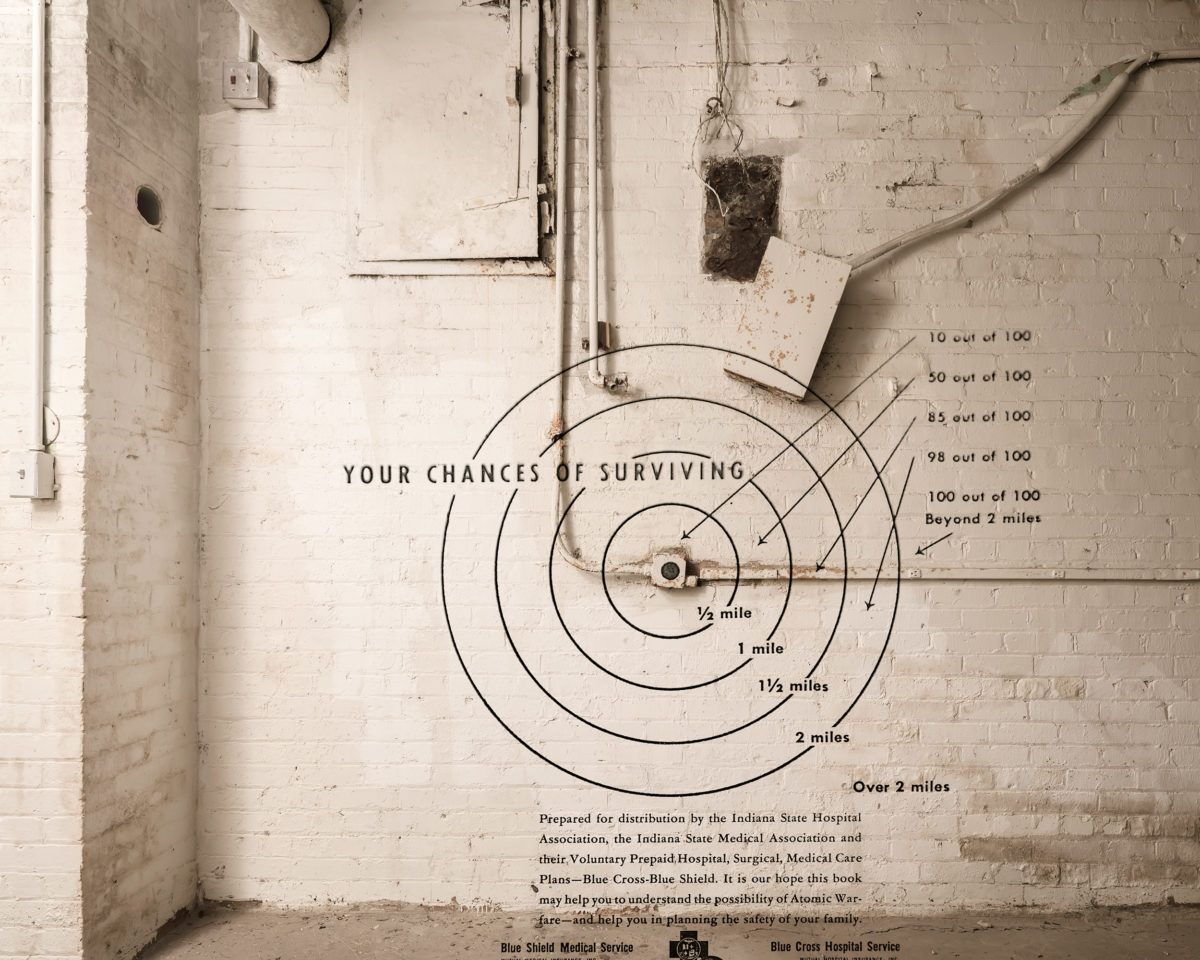
From the series “Fallout: A Look Back at the Height of the Cold War in America, circa 1960”
2013 – 2022 © Jeanine Michna-Bales
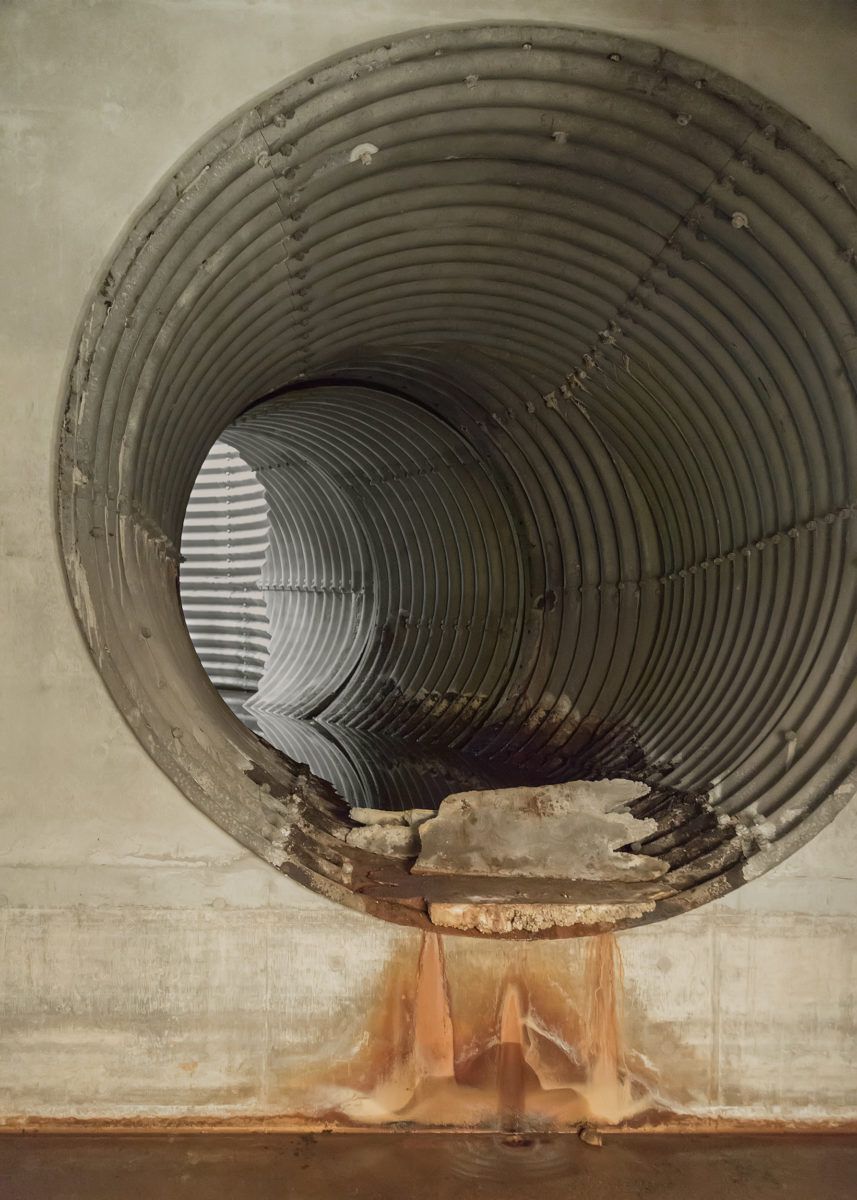
From the series “Fallout: A Look Back at the Height of the Cold War in America, circa 1960”
2013 – 2022 © Jeanine Michna-Bales
::
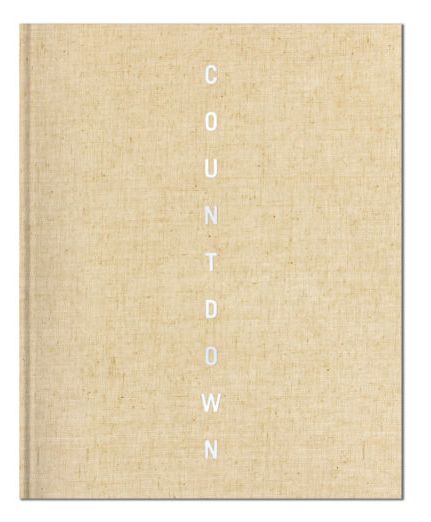
COUNTDOWN
Photographs by Jeanine Michna-Bales and Adam Reynolds
Essay by Fred Kaplan
Design by Commercial Artisan
Hardcover, 10 x 8 inches
144 pages + 8-panel center gatefold Edition of 500
Published by Yoffy Press
::
Jeanine Michna-Bales is a fine artist documenting our fundamentally important relationships — to the land, to other people and to oneself — and how they impact contemporary society. Her practice is based on in-depth research — taking into account different viewpoints, causes and effects, and political climates — and she often incorporates found primary source materials into her projects through quotes, ephemera and extended captions. Michna-Bales has released two monographs, “Through Darkness to Light: Photographs Along the Underground Railroad” (Princeton Architectural Press, 2017) and “Standing Together: Inez Milholland’s Final Campaign for Women’s Suffrage” (MW Editions, 2021). She was named a 2018 AIRIE Fellow (Artist in Residence in the Everglades). Her work has been exhibited throughout the United States, is held in many permanent collections including the Library of Congress, and has been featured in numerous media outlets such as BBC World News and the New York Times.
Adam Reynolds is a documentary photographer whose work focuses on aspects of contemporary and historic political conflict. He pursues long form documentary projects that balance photographic creativity with a journalist’s fidelity to the subject. Reynolds’s background as a photojournalist continues to inform his present work with heavily researched and observed projects with images meant to inform. He holds a Master of Fine Art degree in photography from Indiana University. He began his career covering the Middle East in 2007 as a freelance photojournalist. Reynolds holds undergraduate degrees in journalism and political science from Indiana University with a focus in photojournalism and Middle Eastern politics. He also holds a master’s degree in Islamic and Middle East Studies from Hebrew University in Jerusalem. His first photobook, “Architecture of an Existential Threat” (Edition Lammerhuber, 2017), explores contemporary Israeli bomb shelters.
Location: Online Type: Book Review
Events by Location
Post Categories
Tags
- Abstract
- Alternative process
- Architecture
- Archives
- Artist residency
- Artist Talk
- Biennial
- Black and White
- Book Fair
- Car culture
- Charity
- Childhood
- Children
- Cities
- Collaboration
- Community
- Cyanotype
- Documentary
- Environment
- Event
- Exhibition
- Faith
- Family
- Fashion
- Festival
- Film Review
- Food
- Friendship
- FStop20th
- Gender
- Gun Culture
- Habitat
- home
- journal
- Landscapes
- Lecture
- Love
- Masculinity
- Mental Health
- Migration
- Museums
- Music
- Nature
- Night
- nuclear
- Photomontage
- Plants
- Podcast
- Portraits
- Prairies
- Religion
- River
- Still Life
- Street Photography
- Tourism
- UFO
- Water
- Zine

Leave a Reply